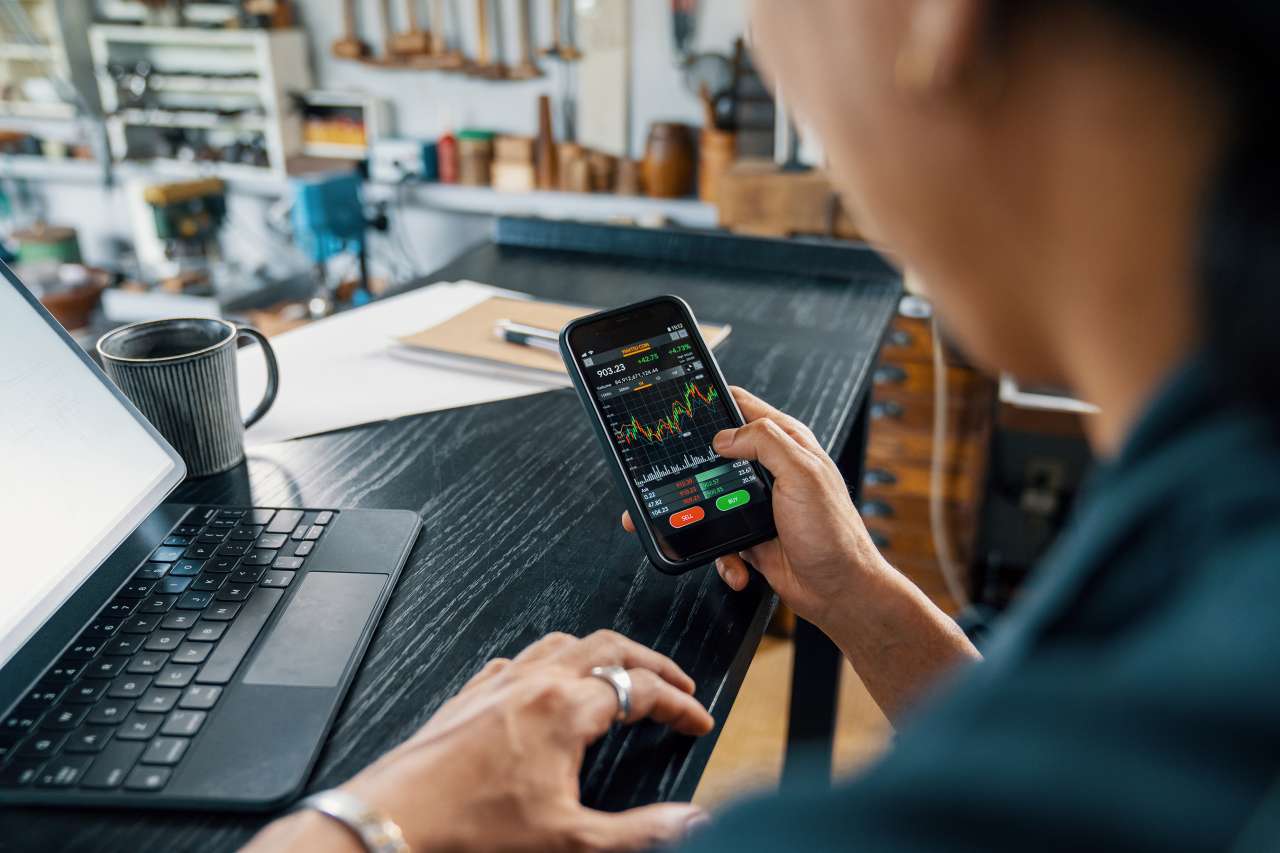
One of the world’s most prominent currencies, the British pound (GBP) has been in circulation for generations. The British pound is a significant trading currency for people all over the globe due to its history and the structure of the UK economy. Foreign exchange (FX) traders, in particular, would do well to familiarize themselves with the ins and outs of the British pound (GBP), since doing so could lead to substantial profits.
You should start by reading up on the history of the British pound. From the gold standards of the nineteenth century to the current system of freely floating exchange rates, the value of the pound has fluctuated greatly throughout the years. Throughout its history, the pound’s value has risen and fallen in tandem with the political and economic climate in the UK and the country’s international alliances. If you want proof that the pound is vulnerable to shifts in political power, all you have to do is look at the crazy price swings that followed big historical events like the Brexit vote in 2016.
Although knowing the background is important, knowing the drivers of the present is the real key to comprehending the GBP. An important player in this situation is the Bank of England, which is the central bank of the United Kingdom. The pound’s value is highly susceptible to their decisions on interest rates, monetary policy, and other financial regulations. For example, the value of the pound would be positively affected if interest rates were to suddenly increase, as international investors tend to seek for the most lucrative opportunities.
It is crucial to grasp the nuances of forex trading before moving on to more complex strategies. The London trading period is crucial to the foreign exchange market. London hours saw exceptionally high liquidity due to the fact that the Asian and American sessions overlap. Greater price swings are one of the hazards and opportunities that come with the heightened activity. Traders who can read the mood in London might time their trades to profit.
When trading the British pound, technical analysis is also crucial. Both fundamental analysis, which takes into account economic facts and political events, and technical analysis, which examines price trends and potential reversals, are essential. Many indicators are used by traders to forecast the future of the British pound, including moving averages, Fibonacci retracement levels, and the Relative Strength Index (RSI). Keep in mind that no piece of data can promise you a certain result, but it can help you make a better educated assumption.
A solid understanding of risk management is also essential for successful forex trading. All currencies are vulnerable to sudden and severe swings in value, including the British pound. You can establish stop-loss orders to cancel a transaction at a preset level to avoid catastrophic losses. Leverage and leveraged products both increase the potential for gain or loss. Use cautious while dealing with leverage because it can act as both a sword and a shield.
Finally, if you want to be successful trading British pounds, you must always be one step ahead of the competition. Daily changes in geopolitical events, economic data releases, and market sentiment cause currency exchange rates to fluctuate. The key to making it big or bust in the financial markets might be to subscribe to news channels that cover the market, join forex forums, and use mobile apps that provide real-time updates.
If you want to be a successful trader with the GBP, you need to know its value, how the market works now, and how to read the market. To succeed in business, you need more than a magic formula. Despite the challenges that come with trading foreign currency in the UK, the pound’s potential can be realized via perseverance, curiosity, and adaptability.


